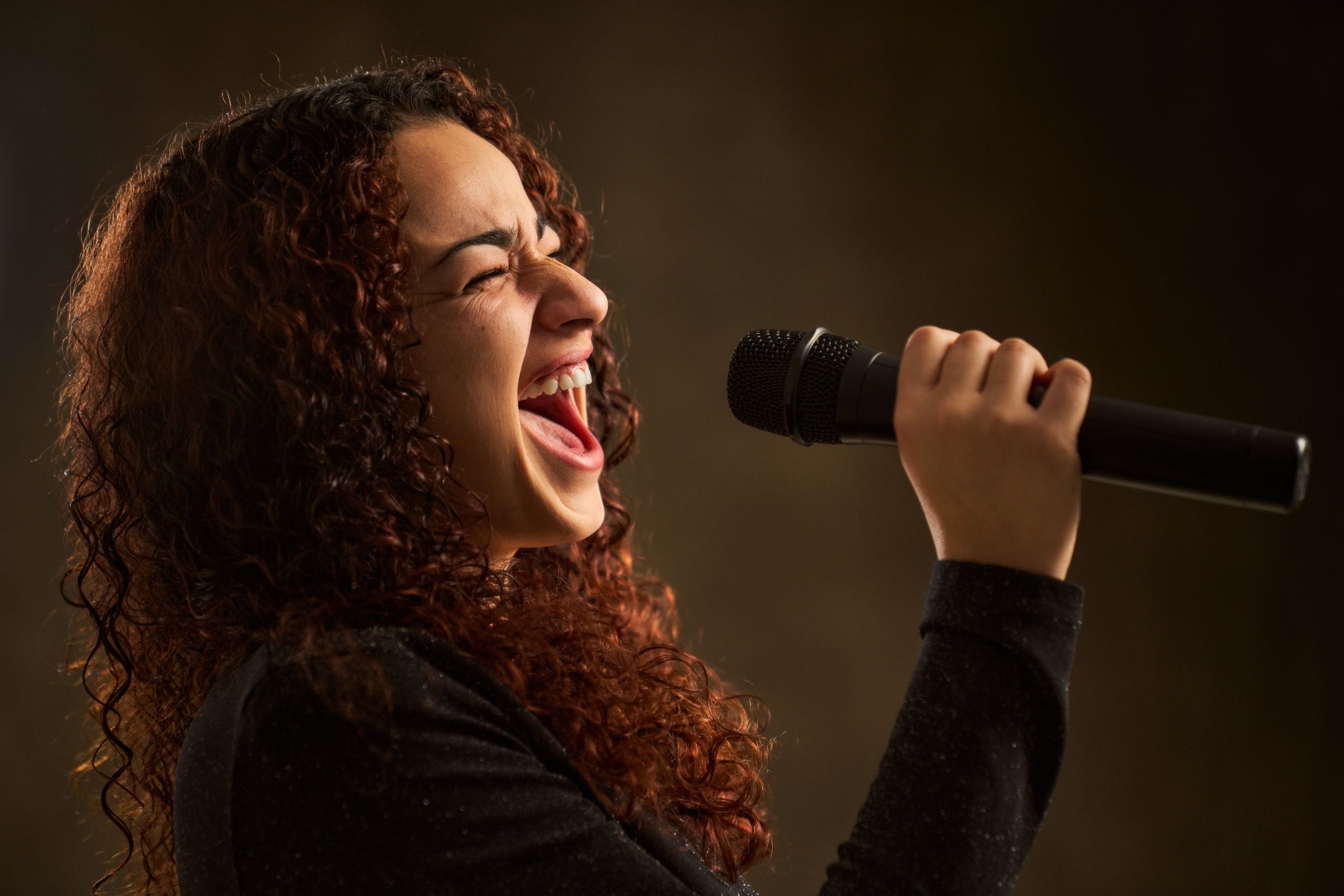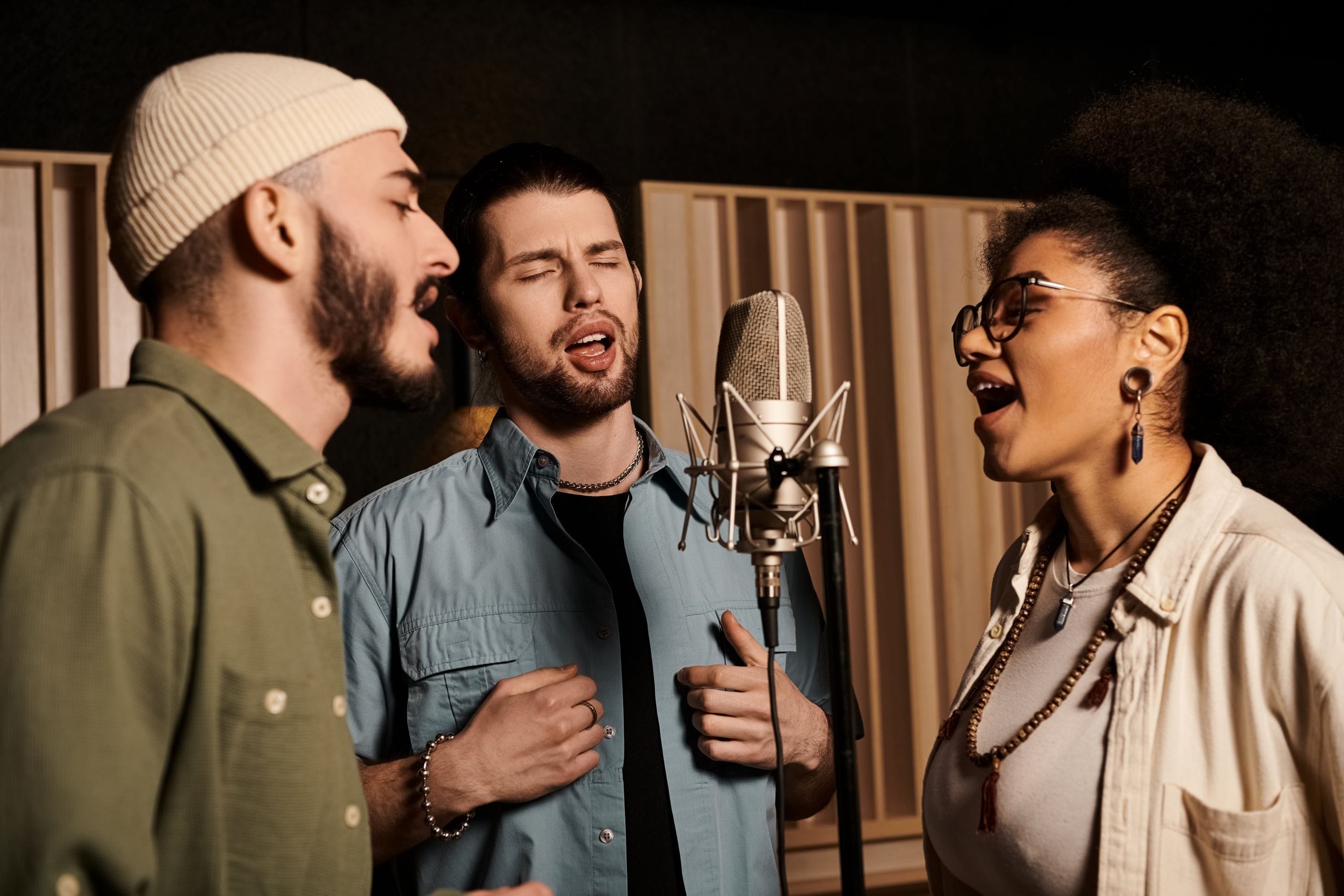“The club’s second act canceled – now I have to sing for three hours – how do I do that?”
Be a P.E.P. – Prepared Expert Professional. A prepared singer can handle surprise circumstances and succeed in the face of unexpected events. To sing for three hours, even with breaks, you have to have the stamina you achieved by correctly developing your voice. Obviously, this is done well before you arrive for a performance. Your vocal muscles have to be developed just like an athlete so you can sing without tension or strain. That is the only way to sing for three hours without blowing out your voice.
Secondly, a professional singer has a large enough repertoire of material to add songs at the last minute when called to do so. Assuming you have enough songs to fill a three-hour set, which with breaks, talking to your audience and time for applause, should only be about two hours of actual singing;
Here are a few tips and tools to help you sing longer.
Strategize your set: For longer sets, depending on the type of music you sing and whether you’re performing with a band or solo, construct your set with intimate moments that permit singing at a lower volume. Use instrumental songs or some sung by a bandmate to give you a vocal rest mid-way in your show. Pace your set appropriately if your voice can’t support many powerful songs in a row.
Warm-up and cool-down: With the correct vocal technique, you can develop your voice to the point where you have excellent stamina and can sing for hours on end without vocal blow-out. Even so, adequate vocal warm-up and cool-down is essential. Songs are not the way to warm up your voice as there are too many components that go into a song when you’re performing it. Proper warm-up followed by a cool-down afterwards is the winning combination to saving your voice and singing easily no matter how long or how many sets of material you’re singing.
Quick and Easy Warm-Up: Take the melody of any song you’re going to use in your set and use it as a warm-up following these steps:
- With two fingers, hold your nose closed and open your mouth just a bit.
- The inside of your mouth and your tongue should remain relaxed – the tip of your tongue should remain touching the back of your bottom teeth.
- Buzz the notes of the song’s melody into your nose.
- Use a soft volume, do not push for projection; you’re only looking for the buzz in your nose which may spread a bit, but use the inside of your nose as your focus.
- Slow down the phrasing and tempo and “buzz” the melody note for each pitch as smoothly as you can, connecting one note to the other; no pulsing or muscle jabbing.
- On any notes that repeat, just sustain those tones. See the Nose Buzz Video blog post for a demonstration of this.
Cooling-Down: As soon after singing as possible, the muscles of your voice need a cool-down. If not, you’ve left your vocal muscles pumped up with blood which can result in a hoarse voice for up to several days later. I have designed a number of simple cool-down exercises, one of which is just a simple low-volume hum as you slide your voice up and down just a few notes like a tiny roller-coaster. Repeat several times, then start a little higher and again go up and down a few notes. Continue for a few minutes and the result is your voice should feel more vibrant.
Good luck.
Jeannie Deva







Leave A Comment
You must be logged in to post a comment.